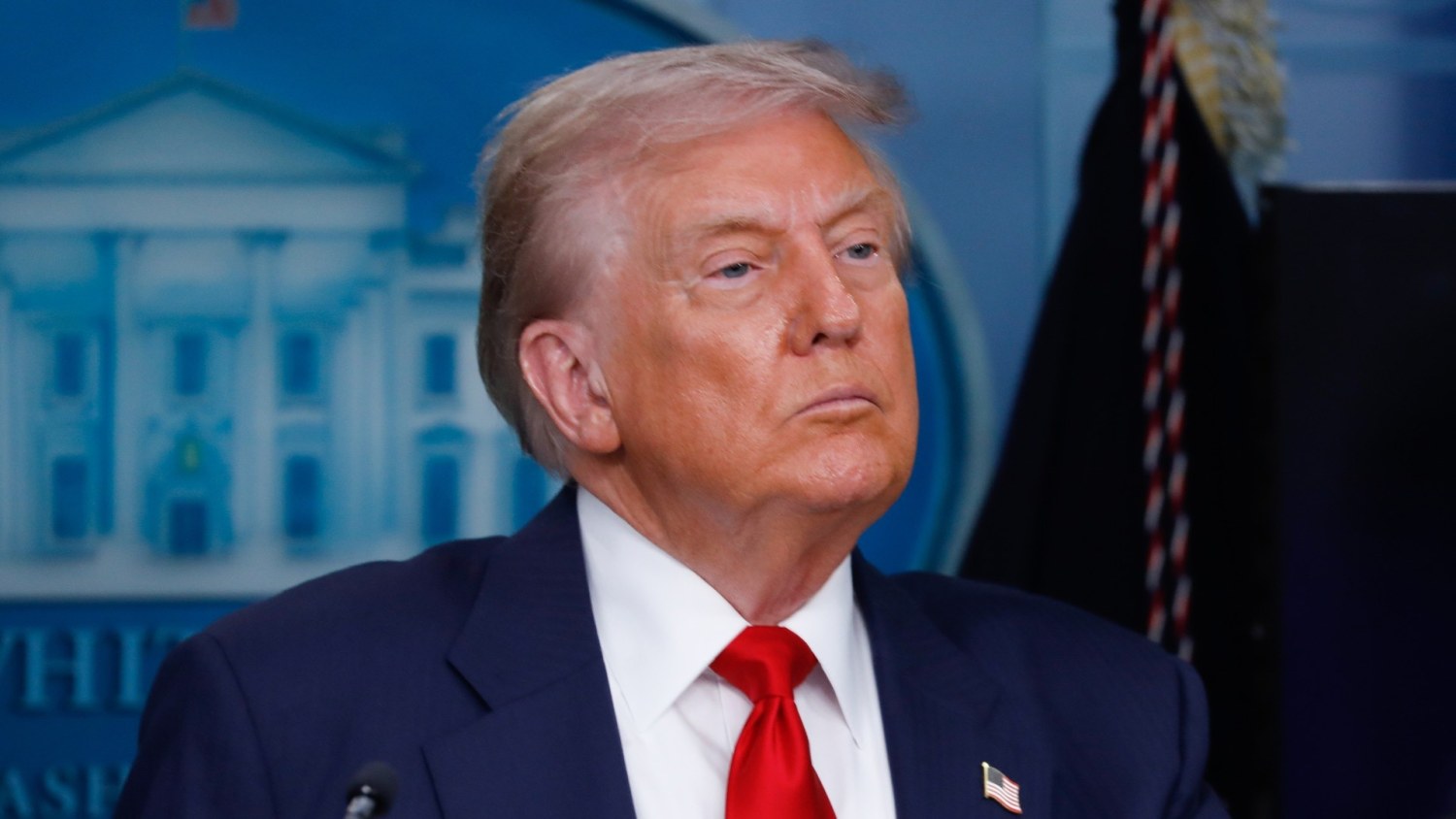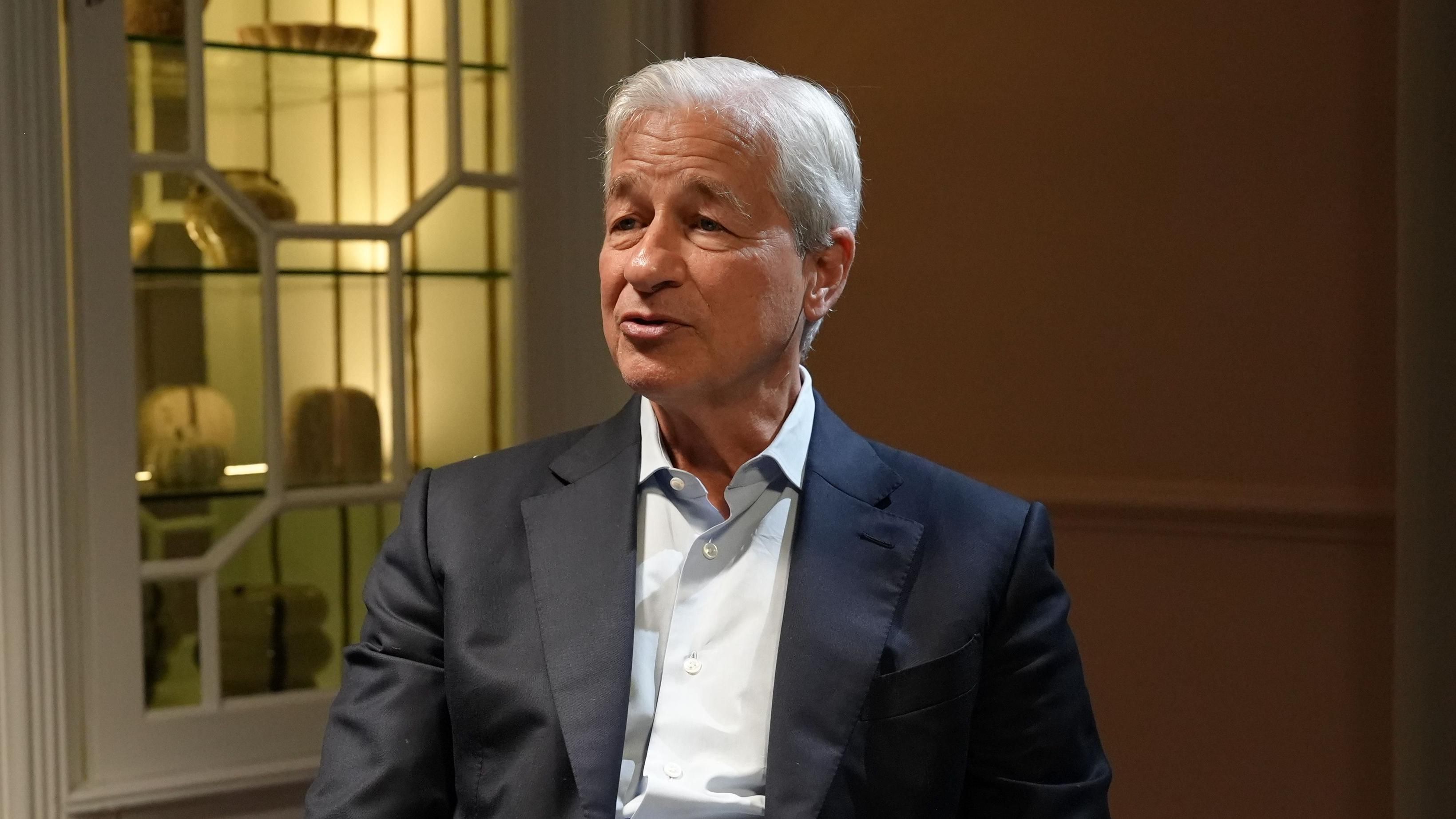In a surprising turn of events, financial markets across the globe are exhibiting a notable calm in the face of new tariff announcements from the Trump administration. Despite a history of volatility in response to trade disputes, the current market climate appears to be taking the latest round of protectionist measures in stride. This trend marks a significant departure from past reactions and suggests a deeper economic story at play, one that involves a complex interplay of monetary policy, corporate earnings, and evolving investor sentiment.
The initial shock of a trade war in previous years often sent global markets into a tailspin, as investors panicked over the potential for disrupted supply chains and a slowdown in economic growth. However, recent announcements have been met with a more measured, and at times even mixed, response. While some sectors and individual companies with heavy international exposure have shown weakness, the broader indexes have largely held their ground. This resilience points to a market that has either become desensitized to such policy shifts or has found new factors to focus on.
A major factor contributing to the market’s seeming lack of concern is the expected favorable monetary policy. The Federal Reserve, observing indications of economic challenges, is largely predicted to lower interest rates soon. This expectation of reduced borrowing expenses and a more supportive financial atmosphere provides a strong offset to the deflationary forces and economic confusion that tariffs might cause. It appears that investors are wagering that moves by the central bank will exert more influence on the short-term direction of the economy than trade policy.
Another important element is how well corporations are performing financially. Even with the challenges from tariffs, several major U.S. businesses have announced profits that exceeded expectations. This flood of favorable economic updates has contributed to easing concerns about a general downturn economically. It indicates that some firms have discovered methods to adjust to the new trade conditions, whether by changing their supply chain strategies, transferring costs to customers, or concentrating on local sales. The market appreciates businesses that can show they can succeed amid geopolitical challenges.
The market has also developed a more nuanced understanding of the nature of these tariffs. Unlike in previous years when such announcements came as a major surprise, the current round of tariffs was largely telegraphed to the market well in advance. This forewarning allowed investors and corporations time to prepare and adjust, reducing the element of shock that often fuels market volatility. The predictability of the policy, while still a source of long-term concern, has diminished its power to cause an immediate market meltdown.
The current trade policies have highlighted a clear separation in market outcomes. Although primary indexes appear stable, deeper analysis indicates particular sectors face greater difficulties. Industries focused on exports and businesses depending significantly on intricate global supply chains are experiencing the most severe repercussions. Conversely, businesses concentrating on domestic markets and those with minimal dependency on international trade have fared comparatively better, illustrating that varying segments of the economy do not share the same level of susceptibility to protectionist measures.
The response of the market suggests a shift in how tariffs are currently perceived. Once considered a short-lived negotiation method, an increasing group of investors is now considering them a constant aspect of the U.S. trade strategy. This evolution has compelled companies to think beyond temporary measures and focus on enduring strategic changes, like expanding their supply chains or relocating production to the United States. Although these changes might be expensive, the market seems to be accepting that this challenging transition is now a permanent situation.
Moreover, the durability of the stock market mirrors its substantial liquidity and its capacity to assimilate massive data without alarm. With trillions of dollars involved, the market functions as a complex ecosystem where various forces are perpetually in conflict. Although the concern over a trade war exerts a strong negative influence, it is counterbalanced by other positive elements, including vigorous technological progress, the likelihood of interest rate reductions, and a widespread confidence in the long-term vitality of the American economy. This equilibrium has resulted in a market that is steadier, even amidst considerable political uncertainty.
The response from international markets has also been surprisingly muted. While some countries directly targeted by the new tariffs have seen a negative impact on their specific industries, the broader global indexes have not shown signs of a widespread panic. In fact, some foreign markets have seen gains, fueled by their own domestic economic strength and a growing belief that the impact of U.S. tariffs will be contained. This suggests that the global economy may be more resilient and less interconnected than once thought, at least in its ability to absorb these policy shocks.
The stock market’s seemingly nonchalant reaction to the latest round of trade tariffs is a complex phenomenon with multiple contributing factors. It is a story of a market that has adapted to a new political reality, where a supportive monetary policy, strong corporate earnings, and a shift in investor expectations have all worked to counterbalance the negative effects of protectionism. This resilience, while reassuring for many investors, also masks a deeper story of sectoral divisions and long-term strategic shifts that will continue to shape the global economic landscape for years to come.





